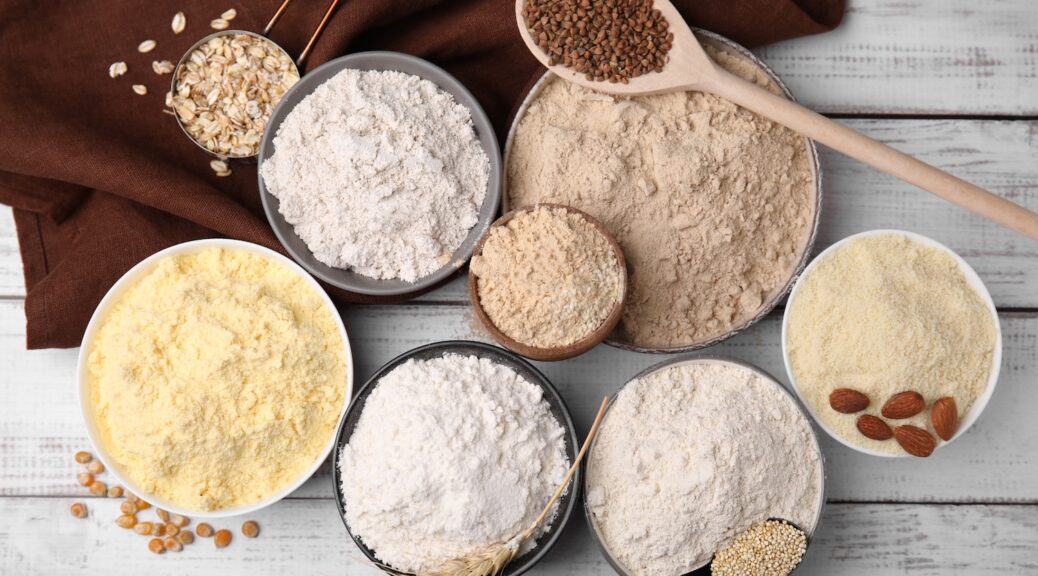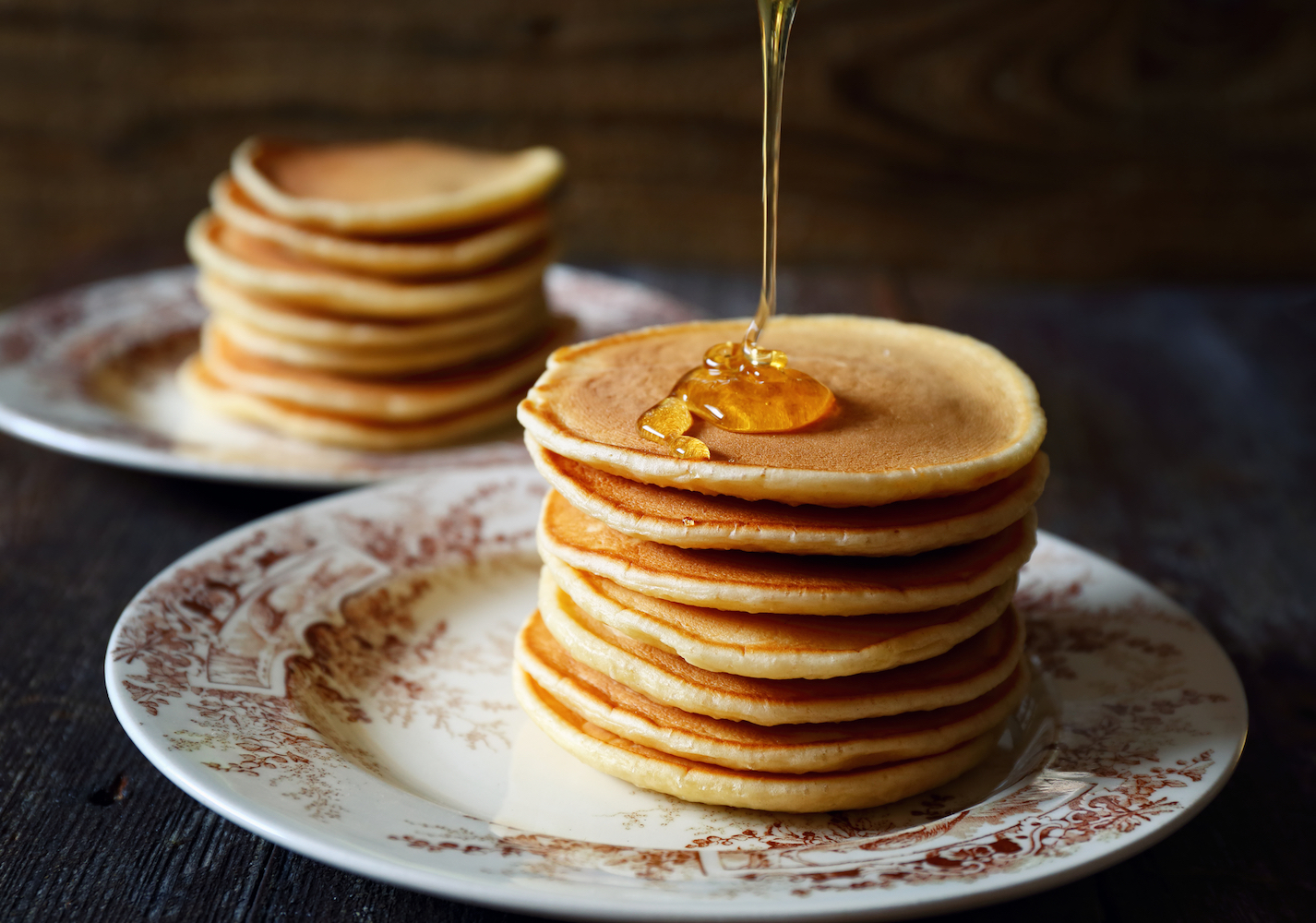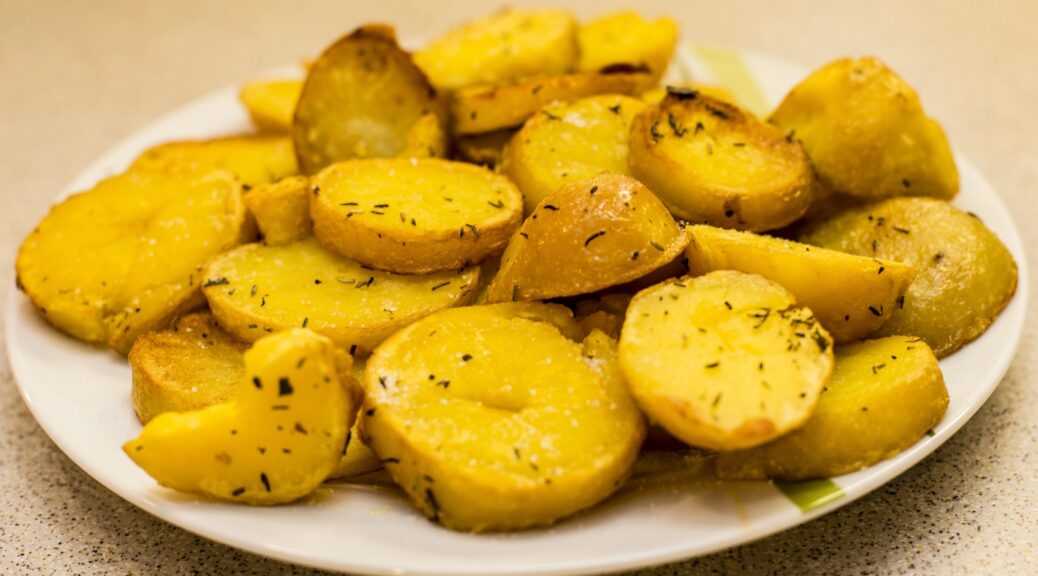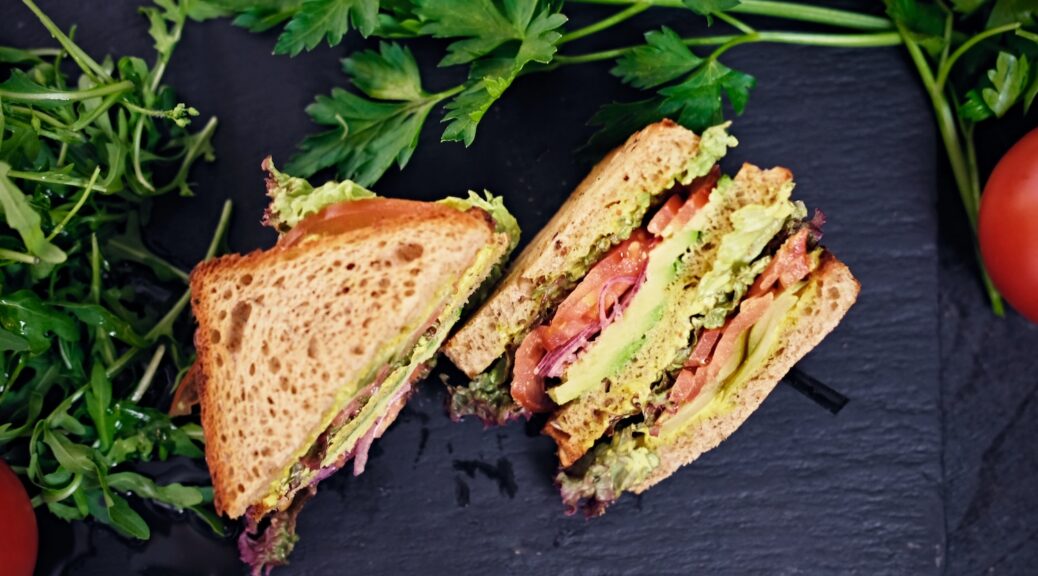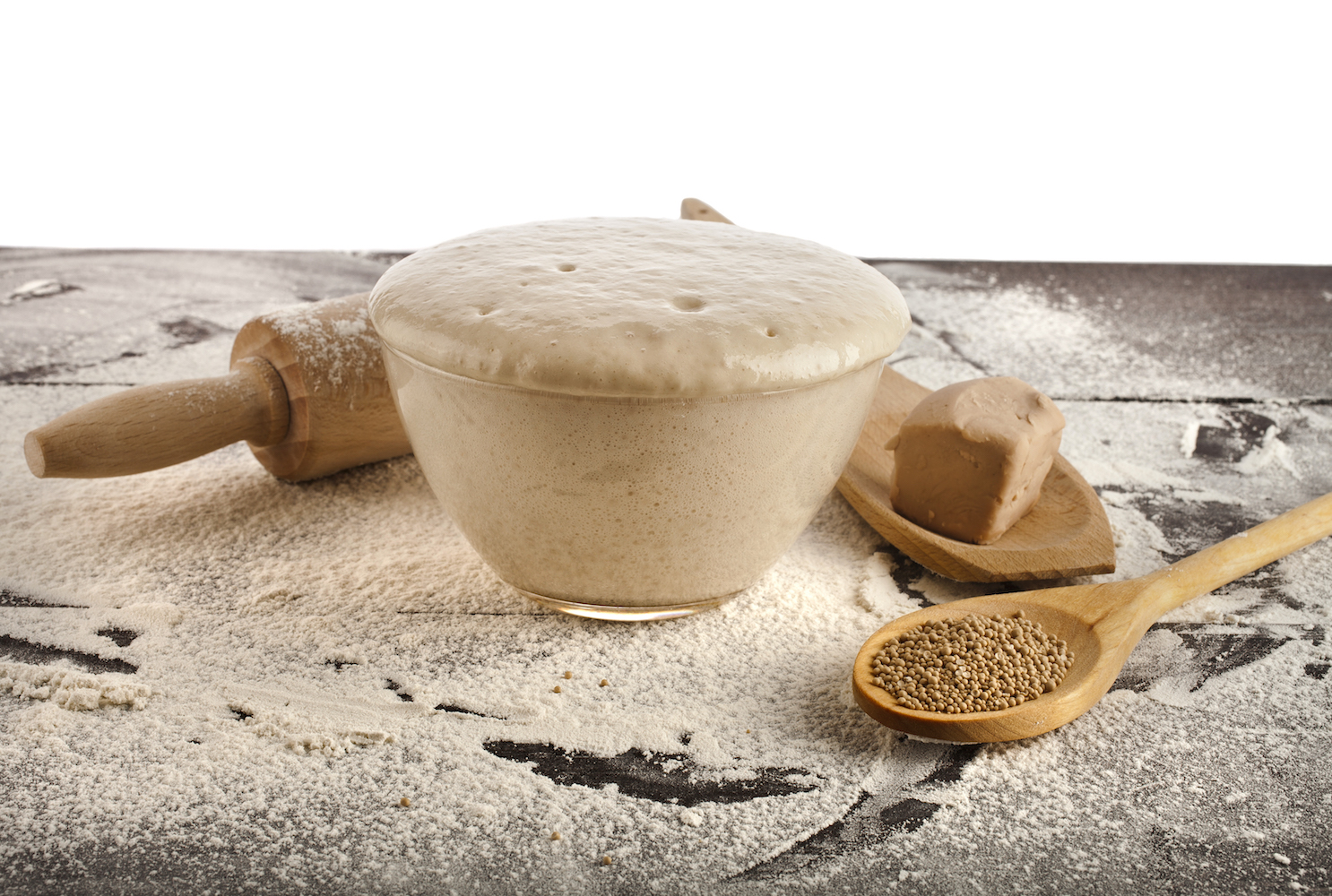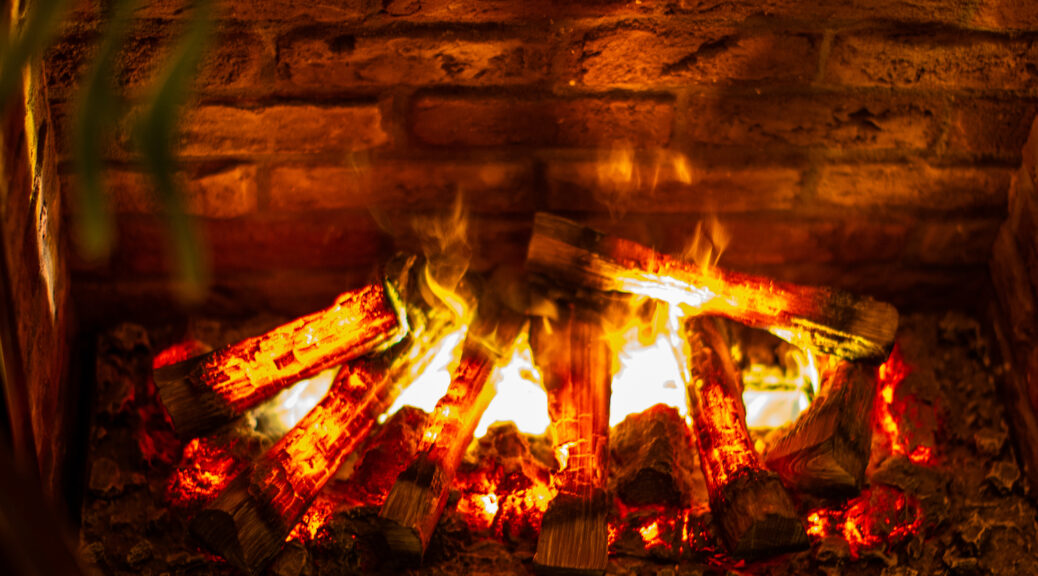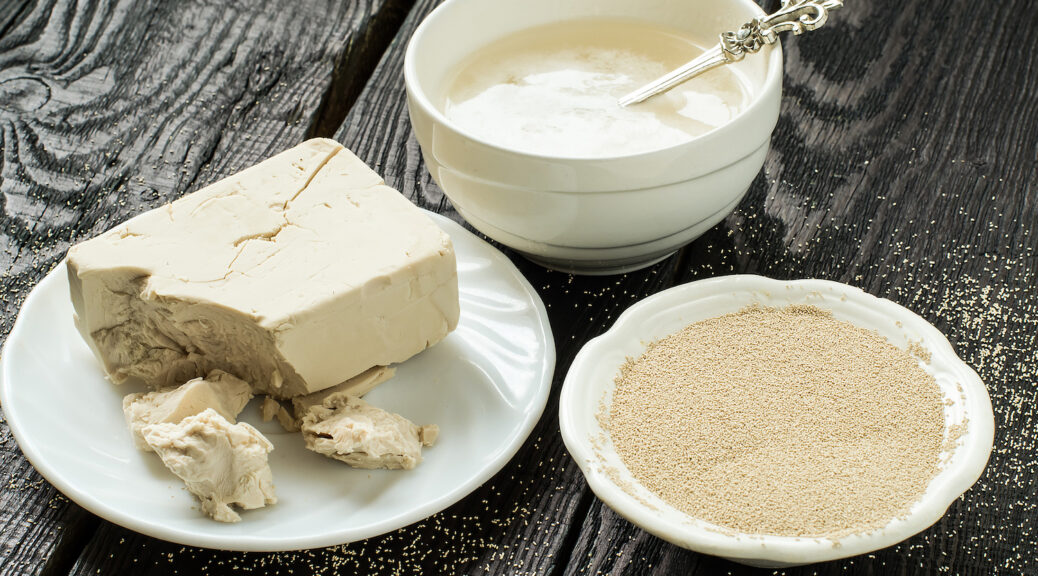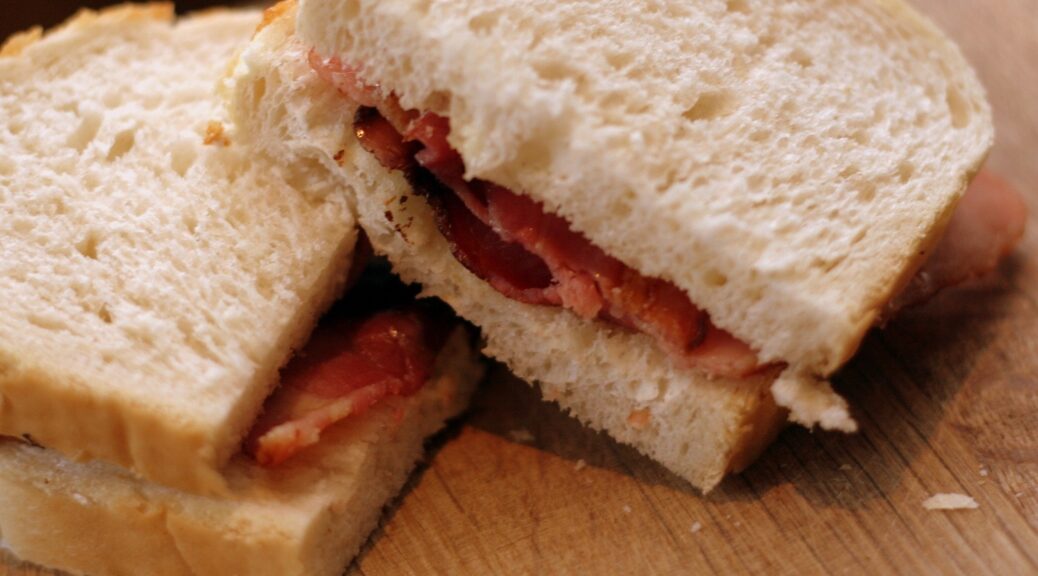Types of Meals and Flours Used for Baking
Bread was served at practically every meal. Although people could buy bread at grocers or bakeries, it was expensive. So especially for households with large families, knowing how to make good bread was a necessity. INFORMATION BELOW COMPILED FROM 1800s COOKBOOKS: DIRECTIONS RESPECTING BREADThere is no one thing upon which health and comfort in a family so much depend as bread. With good bread the coarsest fare is tolerable; without it, the most luxurious table is not comfortable. There is…
